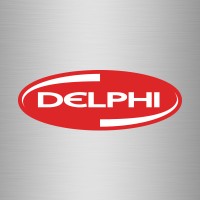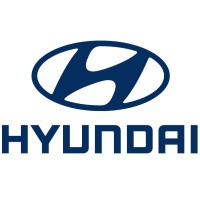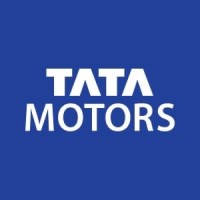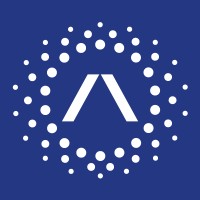Company Cyber Security Posture
NANA
NA Company Details
NA
NA
NA
NA
NA
NA
Scan still pending
NA
NA
Between 200 and 800
This score is AI-generated and less favored by cyber insurers, who prefer the TPRM score.
 NA Global Score
NA Global Score.png)

Company Scoring based on AI Models
| Model Name | Date | Description | Current Score Difference | Score |
|---|---|---|---|---|
| AVERAGE-Industry | 03-12-2025 | This score represents the average cybersecurity rating of companies already scanned within the same industry. It provides a benchmark to compare an individual company's security posture against its industry peers. | N/A | Between 200 and 800 |
Company Cyber Security News & History
| Entity | Type | Severity | Impact | Seen | Url ID | Details | View |
|---|
Company Subsidiaries

NA
Access Data Using Our API

Get company history
.png)
NA Cyber Security News
Joyson Safety Systems laying off 108, closing San Antonio site
Joyson Safety Systems is closing its site in San Antonio and laying off 108 people beginning in June, according to a letter from the company to ...

NA Similar Companies

Mahindra and Mahindra Limited [Automotive and Farm Equipment Business]
A USD 19.4 billion multinational group based in Mumbai, India, Mahindra provides employment opportunities to over 256,000 people across 100 countries. Mahindra operates in the key industries that drive economic growth, enjoying a leadership position in tractors, utility vehicles, information technol

Delphi Auto Parts
Delphi Product & Service Solutions is Delphi’s aftermarket channel. In the aftermarket, our technologies cover every aspect of today’s vehicles, from brakes to steering, air conditioning to ignition, engine management to fuel systems — whether the vehicle is a hybrid, or powered by gasoline or diese

Hyundai Motor Company (현대자동차)
Come Grow with Us 너, 나, 우리의 보다 의미 있는 삶을 위한 전진 여러분의 시작을 현대자동차에서. Established in 1967, Hyundai Motor Company is committed to becoming a lifetime partner in automobiles and beyond, offering a range of world-class vehicles and mobility services in over 200 countries. Employing more than 120,000 staff

AUDI AG
#WeAreProgress ++ Progress is in our DNA. It’s not just in our cars, but also in us. The focus at Audi is on us – the people – and we are shaping the future of mobility together. With our inner drive. With the aim to continuously improve. With our mindset, courage and confidence. Because progress de

Tata Motors
Tata Motors Group (Tata Motors) is a leading global automobile manufacturing company. Its diverse portfolio includes an extensive range of cars, sports utility vehicles, trucks, buses and defence vehicles. The Tata Motors Group’s over 80,000 employees are guided by the mission “to innovate mobility

Stellantis
Our storied and iconic brands embody the passion of their visionary founders and today’s customers in their innovative products and services: they include Abarth, Alfa Romeo, Chrysler, Citroën, Dodge, DS Automobiles, Fiat, Jeep®, Lancia, Maserati, Opel, Peugeot, Ram, Vauxhall and mobility brands Fre

Frequently Asked Questions
Explore insights on cybersecurity incidents, risk posture, and Rankiteo's assessments.
NA CyberSecurity History Information
How many cyber incidents has NA faced?
Total Incidents: According to Rankiteo, NA has faced 0 incidents in the past.
What types of cybersecurity incidents have occurred at NA?
Incident Types: The types of cybersecurity incidents that have occurred include .
Additional Questions
What Do We Measure?
















Every week, Rankiteo analyzes billions of signals to give organizations a sharper, faster view of emerging risks. With deeper, more actionable intelligence at their fingertips, security teams can outpace threat actors, respond instantly to Zero-Day attacks, and dramatically shrink their risk exposure window.
These are some of the factors we use to calculate the overall score:
Identify exposed access points, detect misconfigured SSL certificates, and uncover vulnerabilities across the network infrastructure.
Gain visibility into the software components used within an organization to detect vulnerabilities, manage risk, and ensure supply chain security.
Monitor and manage all IT assets and their configurations to ensure accurate, real-time visibility across the company's technology environment.
Leverage real-time insights on active threats, malware campaigns, and emerging vulnerabilities to proactively defend against evolving cyberattacks.




